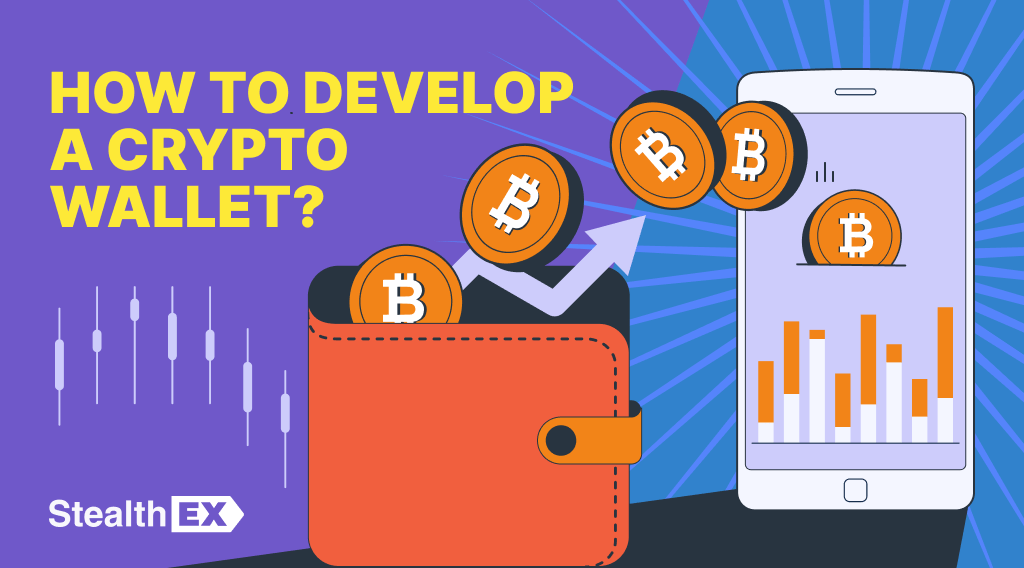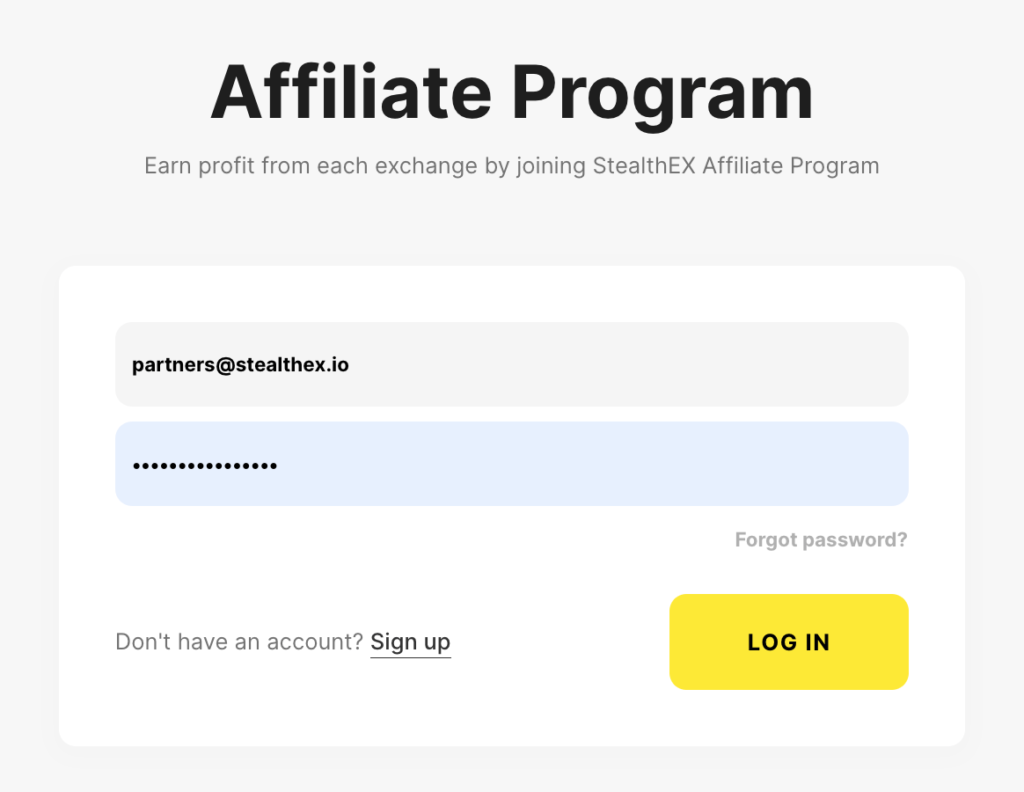Cryptocurrency Wallet Development: A Comprehensive Guide for Beginners

A cryptocurrency wallet is an application that serves as a storage location for your crypto. It is called a wallet because it is used in the same way as a wallet holds cash and credit cards. Modern cryptocurrency wallets make the blockchain accessible to everybody. When crypto assets were first introduced, sending them was a manual process that involved entering long keys. Today, software does the majority of the work for you. They are exceptionally important when it comes to the storage and management of digital assets.

A cryptocurrency wallet is more than a digital tool; it is an essential component in the realm of crypto transactions. It functions as a secure digital interface, allowing businesses and individuals to communicate with blockchain networks. A crypto wallet allows users to store digital assets, manage cryptocurrency portfolios, and conduct safe transactions. Unlike traditional wallets, a cryptocurrency wallet does not physically keep currency. Instead, it secures two types of digital keys: public keys, which are similar to account numbers for receiving payments, and private keys, which are similar to digital signatures used to authorize transactions.
To transact in crypto, you need two things: your wallet address (also known as your public key), and your private key. A public key is similar to your bank account number. You can send and receive money by sharing your bank account number with other persons or institutions. A private key is comparable to your bank account password or the PIN for your debit card, both of which are confidential.
Article contents
Types of Cryptocurrency Wallets
There are three types of crypto wallets: hardware, software, and even paper:
Hardware Wallet
In blockchain technology, a hardware wallet is a cryptocurrency wallet that keeps private keys on a physical device, such as a USB drive. The hardware wallet has functionality from both ‘hot’ and ‘cold’ wallets. Hot wallets connect to the internet for easier access, while cold wallets keep your crypto keys offline for security. Hardware wallets, like paper wallets, allow their owners to securely store their private keys offline.
In addition to keeping your private keys offline (where they cannot be compromised), most hardware wallets allow users to sign and confirm blockchain transactions by simply plugging their device into a computer. After a transaction is completed, a user can unplug their device and not worry about it remaining connected to the internet. This continual connection leaves a wallet open to attack.
Software Wallet
The most common type of cryptocurrency wallet is a software wallet. This form of wallet is constantly connected to the internet. This persistent connectivity enables users to communicate with DeFi protocols seamlessly and efficiently. With a software wallet, you may easily borrow and lend, stake, swap tokens, and trade on DEXs (decentralized cryptocurrency exchanges). All DEXs use smart contracts to exchange cryptocurrency between parties. However, this connectivity does come with some drawbacks. A software wallet is continually connected to the internet, making it vulnerable to hacking.
Paper Crypto Wallet
The third type of crypto wallet on our list is the most basic: a paper wallet. A paper wallet is basically a printed (or handwritten) sheet of paper with your private key and perhaps scannable QR codes. Though paper wallets are completely isolated from the internet and blockchain, the keys on them actually represent active keys on the blockchain that can be used to locate cryptocurrency.
One of the main disadvantages of paper wallets is that they are stored on paper. If the paper becomes wet or burns in a fire, you will be unable to read your private key (or seed phrase), and the representative crypto will be gone forever.
Step-by-Step Guide to Cryptocurrency Wallet Development
So, how to develop a cryptocurrency wallet? Here are the steps you need to take to create a crypto wallet:
- Create an idea. Cryptocurrency wallet app development begins with an idea. The industry is still in its early stages of development, and many product ideas emerge from our personal experiences as we navigate around different weird issues. As you develop your vision, make sure to explore the world of blockchain and cryptocurrencies. You will most certainly encounter new challenges while learning about cryptocurrency and seeking a solution, and you will undoubtedly need to conduct competitive research. People may have already produced a product to answer the problem you’ve encountered. If that’s the case, look at ways to improve the product and make it more appealing to your target demographic.
- Develop a plan. After determining what the industry lacks and what your potential customers require, the following stage is to create an executable plan. You must specify the features and functionalities that will be implemented during the cryptocurrency wallet development process.
- Develop smart contracts, frontend, and backend. Next, you must create or locate smart contracts to fuel your cryptocurrency wallet’s features and functionalities. Even if you don’t have to construct your own smart contracts, you should understand the fundamentals. As a result, before diving into Web3 wallet development, you need first grasp the principles of Solidity, the largest and most popular programming language for creating EVM-compatible smart contracts. With the necessary smart contracts in hand, the next stage is to create the frontend and backend. The frontend handles user interactions with your wallet. Meanwhile, the backend infrastructure enables interactions between the blockchain and the frontend.
- Testing. Before deploying your cryptocurrency wallet, you should always extensively test it to guarantee that everything works properly and without problems or mistakes.
- Deployment and maintenance. Once you’ve confirmed that everything works as expected, the next step is to go live with your Web3 wallet. When your cryptocurrency wallet is up and running, it’s vital to continue to maintain it to ensure its lifespan.
API Integration for Crypto Exchanges Inside the Wallet
Using APIs is an excellent technique to create a feature-rich cryptocurrency wallet application. A distributed ledger API enables you to effortlessly synchronize your cryptocurrency wallet with the blockchain ecosystem. Using APIs, your development team can perform the necessary processes quickly, speeding up app development.
API integration is in essence a crucial tool for crypto wallets and aggregators, and one of the most convenient APIs on the market is one from StealthEX. Here are the benefits that StealthEX’s API integration offers:
- User-friendly interface.
- Customizable fees and a flexible fee structure.
- Fixed and floating rate options for crypto swaps.
- Bridgeless cross-chain swaps.
- Competitive exchange rates.
- 24/7 customer support.
- Huge asset collection.

It’s simple to integrate StealthEX into any web application – the public crypto API is open for everyone and can be easily built into your existing product. To get an API Key, register at Affiliate Program. All API documentation is at hand for you to use it.
The service will take care of the rest, and StealthEX’s account management and support teams will always be there for you should you have any questions. StealthEX is always ready to help developers with marketing and integration, so adding API to your platform will be a smooth and hassle-free experience.
How Crypto Wallets Are Developed?
Developing a crypto wallet requires a strong understanding of blockchain technology, cryptography, and secure software development practices. Picking a system and programming language that you are familiar with or have experience in is also helpful.
As the market of cryptocurrency and blockchain keeps growing, expertise matters! Agilie, the blockchain software development company, has over 14 years of experience supplying innovative, secure, scalable solutions for various financial services.
This company specializes in cutting-edge technologies for:
- Cryptocurrency;
- NFT;
- Smart contracts.
Their dedicated team of over 60 skilled software engineers provides a transparent full-cycle development approach for secure, scalable, and cost-effective products and services. Agilie crafted over 200 successful projects in 35 countries during 14 years. The company has a rich portfolio that showcases various successful cases: multi-digital and cryptocurrency wallets, p2p trading space for crypto transactions, NFT and AI-based apps, and much more. Learn more about Agilie and start your blockchain journey with the expert!
Can I Create My Own Crypto Wallet?
Businesses can build their own crypto wallets and integrate them with payment and other business solutions. As an individual without any programming skills, you can always download a ready-made crypto wallet and start using it.
How Much Does It Cost to Develop a Crypto Wallet?
Developing a cryptocurrency wallet app could range between $25,000 and $200,000.
How Are Crypto Wallets Generated?
A cryptocurrency wallet generates and uses a theoretical or random number, the length of which is determined by the algorithm size of the coin’s technological needs. The number is converted to a private key based on the cryptocurrency cryptography algorithm requirements.
How Long Does It Take to Develop a Crypto Wallet?
It depends on the complexity of your wallet and its features, budget, and planning. The development journey can extend over several months or even years.
How to Build a Multichain Wallet?
Building a multichain crypto wallet requires a high level of blockchain expertise and programming skills. That is why you need a reliable wallet development company that will build a multichain cryptocurrency wallet packed with user-friendly features tailored to meet your business needs.
Conclusion
Your wallet allows you to view your balance, send transactions, and connect to decentralized apps. Many wallets allow you to manage many crypto assets from a single application. That’s because wallets do not have custody of your money; you do. They’re simply a tool for keeping track of what belongs to you. That’s why, as any financial tool, it has to be user-friendly, secure, and easy to install. Whenever developing your own crypto wallet, make sure to do further research and consider incorporating additional features and functionalities based on your specific requirements and preferences.
Follow us on Medium, Twitter, Telegram, YouTube, and Publish0x to stay updated about the latest news on StealthEX.io and the rest of the crypto world.
Don’t forget to do your own research before buying any crypto. The views and opinions expressed in this article are solely those of the author.
Bitcoin Bitcoin wallet crypto wallet cryptocurrency wallet EthereumRecent Articles on Cryptocurrency
 Useless Coin Price Prediction: Is USELESS Crypto a Good Investment?
Useless Coin Price Prediction: Is USELESS Crypto a Good Investment?  OFFICIAL TRUMP Coin Price Prediction: How High Will TRUMP Crypto Go?
OFFICIAL TRUMP Coin Price Prediction: How High Will TRUMP Crypto Go? 